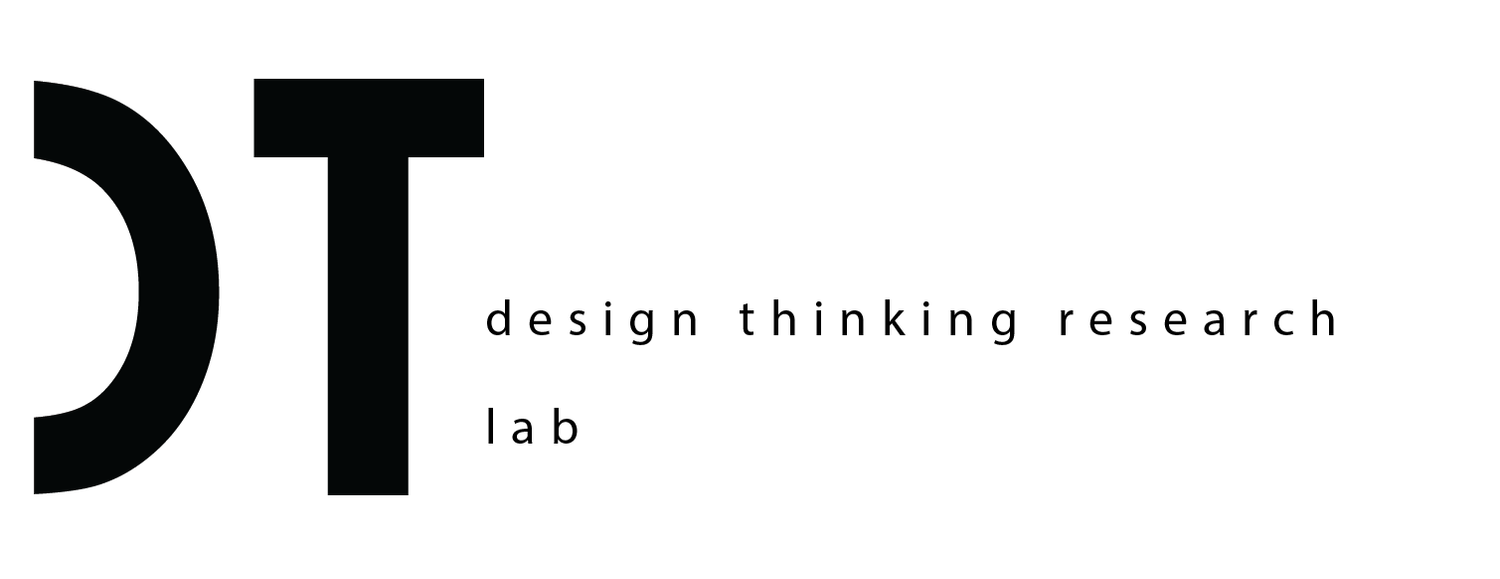Course Overview
IID30201 Product Design II | Undergraduate
Product Design II provides students opportunity to engage in a substantive design project running from the start to the end of the course (throughout the entire semester). The course aims to explore the processes and methods of problem solving and product innovation through design. Throughout the course, students are guided to use some of the approaches, processes and tools of product design and apply such skills and knowledge in the development of a design project. In doing the course draws upon design skills and knowledge obtain in related ID courses (i.e. IID30101 Product Design I, IID20601 Design Visualisation, IID23201 3D CAD, IID20201 Product Design Fundamentals, IID22101 Design History & Contexts).
Knowledge of form and aesthetic, use, usability and use context, together with consideration of technical functionality, will be applied in the design and development of a product concept aimed at improving the user experience. Appropriate visualisation techniques and a developing visual language will be core to the assessment of design outcomes. Students will have the opportunity to apply CAD skills in the development of a design concept and its expression through models/prototypes. Students are also expected to draw upon historical and contextual perspectives in defining a stylistic direction.
Course objectives
The aim of the Product Design II course is to focus on consolidation of core industrial design capabilities central to creative professional practice. This is achieved through project-based learning that supports the following design skills:
Effective use of modelling/prototyping techniques (2D and 3D) in the generation, manipulation and presentation of design ideas.
Identification of market opportunity, user needs and use context.
Creative solution ideation (through conceptual design strategies).
Time management and effective working practice.
More holistically, during the course, students will:
Better understand the notion of product design.
Experience the overall product design process using relevant tools, methods and approaches.
Begin to explore various materials and manufacturing processes.
Learn how to generate product concepts and develop them through various tools and media (prototyping, model making, sketch and illustrations).
Develop strategies to represent and communicate design intentions.
Engage in creative problem solving through core design skills.
Teaching approach
The course is delivered through a combination of keynote lectures, in-class exercises, project tutorials and studio-based project work. A core aspect of the course is the design project, running throughout the entire semester. Feedback and advice on work in progress is provided through formative critic and feedback sessions. These take the form of stage-post evaluations of project components (i.e. Form Board Evaluation, Scenario Board Evaluation and feedback). Tutorial and drop-in sessions are also provided as required.
Formative feedback sessions are a combination of instructor feedback and peer review. Students are expected to engage in these sessions through provision of questions and suggestions, as well as completing peer review evaluation.
Student outcomes
Form Board | Clearly and consistently identify a contemporary stylistic direction through carefully selected product images. The Form Board is expected to provide a clear indication of product personality (i.e. through form, materials, finishes, combinations).
Use Scenario Board | Providing a clear indication of why the product is required and how it is used. Content should be produced with clarity and precision. Illustrations must primarily be used, but digitally manipulated photographs may also be employed to provide indication of context. Students are required to succinctly communicate why the product is needed and this could be integrated into a storyboard that extends user needs and contextual requirements into the sequence of use via a series of illustrations. At least one of the images should include details for core functionality and user/product interactions. The Scenario Board should have a compilation of easily assimilated information that clearly communicates the need and use of your product in a ‘designerly’ style appropriate for a design-based client presentation.
Model-making/prototyping | This project is an opportunity to engage in the tactile interaction with form (very important for student designers), although CNC machining/rapid prototyping may be employed as required. Laser cutting is also permitted where repetition of detail or a high degree of complexity is required. Whichever methods are employed, students are required to justify their approach in terms of the design project. prototypes shou;ld be produced at a high level of form/visual fadelity. You should be aiming for a model/prototype that looks like a desirable manufactured artifact i.e. it is believable. There is sufficient time allocated to enable the production of models/prototypes of a very high standard and examples of good/best practice is provided to support this.
Industrial Design | For maximum marks, design concept submissions must be appropriate to the context and application with careful attention to form, scale, colour, user interaction and function. Credit will be given for visual/form innovation where appropriate. Guidance will also be provided during tutorials and on-demand feedback sessions. It is important that students seek advice and then act as appropriate. Careful and sensitive attention to detail is essential and the generation of material for the Form Board will be the starting point for this.
